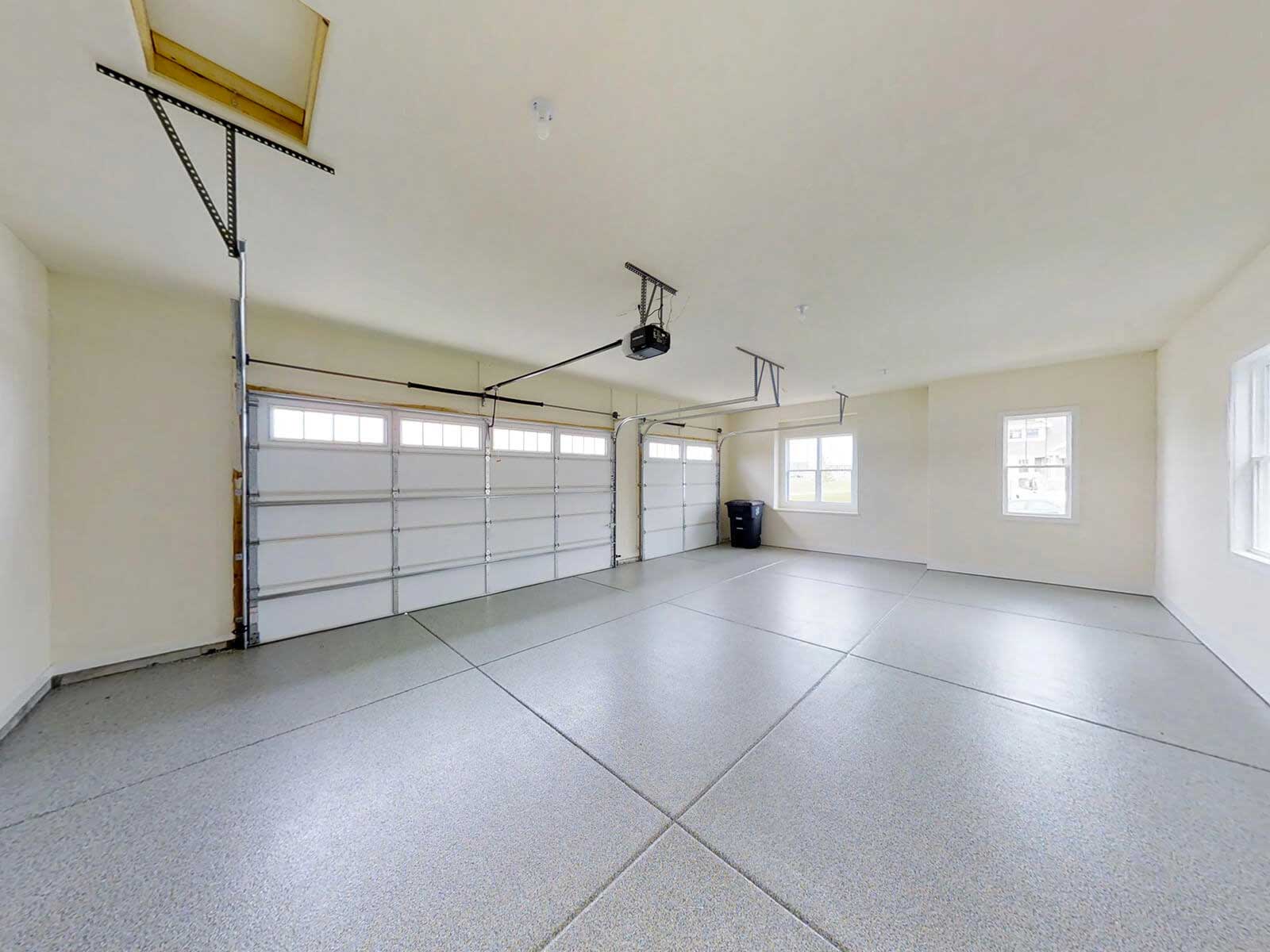
While the garage can be overlooked, it is an important space in your home that can be transformed into a useful and valuable area. You can easily transform your garage in to a mudroom. This will allow you to manage the chaos and keep your house tidy.
Garage Laundry room Conversion
It might be time for your garage to become a laundry area if your family is prone to running out of clothes quickly. You can convert your garage to a laundry area, or use it to fold and put away your dirty clothes. This can help you save money on laundry bills.
It's a smart idea to add a second set for utility hookups if your laundry routine is hectic. You can also include a dryer and washing machine in your garage. This will simplify your laundry day.

Mudroom with Storage
A mudroom is a space that can be used to store coats, backpacks, and other personal belongings. It can also be used to store equipment for gardening, sports, and other recreational purposes that aren’t needed as often. These items can sometimes drop dirt on the floor of a mudroom, but they can be stored on wall pegs that are easy to clean and leave more floor space available for other occupants.
Playroom
Your garage may be possible to convert to a playroom for your older children. This will give you the opportunity to work on extra projects in a clean, quiet area.
Garage with a Dormer
A dormer is small, ridged windows that are placed on top of a roof that has been sloped. It's ideal for garages that have little natural light. This allows you to increase the amount of natural light in your garage, and it creates a much more open feel.
Garage with Storage
If you need more storage space than your mudroom has, a garage conversion is an ideal solution. A little planning can make your garage an appealing and organized place where you can store everything, from clothes to shoes.

You can install storage solutions in a variety of ways, but you'll need to think carefully about your individual needs and what works best for your family before you start designing. A large cabinet only meant to keep toys out of reach is not the best choice for young children.
FAQ
Is it cheaper to remodel a bathroom or kitchen?
Remodeling a kitchen or bathroom is a costly undertaking. It might be more cost-effective to upgrade your home than you think, given how much you spend each month on energy bills.
It is possible to save thousands every year with a simple upgrade. Simple changes such as insulation in ceilings and walls can help reduce cooling and heating costs by up to 30%. Even a minor addition can increase comfort levels and increase the resale value.
It is crucial to consider durability and ease of maintenance when renovating. Solid wood flooring, porcelain tile, and stainless steel appliances last longer than vinyl and laminate countertops and require less maintenance.
Altering old fixtures can also help reduce utility bills. Low-flow faucets and showerheads can reduce water consumption by as much as 50%. Replacing inefficient lighting with compact fluorescent bulbs can cut electricity consumption by up to 75 percent.
How much would it be to renovate a house vs. what it would cost you to build one from scratch?
A home's contents are removed, such as walls, floors, ceilings and plumbing. It is often done when you are moving to a new location and wish to make some improvements before you move in. The cost of gutting a home can be quite expensive due to the complexity involved. Depending on the job, the average cost of gutting a home is between $10,000 and $20,000
The process of building a home involves the construction of a house from one frame to another. Next, the builder adds walls, flooring and roofing. This is usually done after buying a lot of lands. Building a home usually costs less than gutting and can cost between $15,000 and $30,000.
It all comes down to what you want to do in the space. You'll likely need to spend more money if you want to gut a property. But if your goal is to build a house, you won't need to disassemble everything and redo everything. Instead of waiting for someone to tear it down, you can make it exactly how you want.
What should you do with your cabinets?
It depends on whether your goal is to sell or rent out your house. If you are planning on selling, you might want to take out and refinish the cabinets. This gives buyers the impression that they're brand new and helps them envision their kitchens after moving in.
However, if you want to rent your house, you should leave the cabinets alone. Many tenants complain about cleaning up after their previous tenants, including greasy fingerprints and dirty dishes.
You might also think about painting your cabinets to make them appear newer. Use a high-quality primer. Low-quality primers and paints can crack easily.
What is the cost of tile for a shower?
It's worth spending a lot if you plan to do it yourself. A complete bathroom remodel is an investment. When you consider the long-term benefit of having a beautiful space for many years, it is a smart decision to invest in quality fixtures and materials.
You can make a big impact on how your room looks. Here's how to choose the right tiles for your home, regardless of whether it's a small renovation or major project.
First, you need to choose which flooring material you want. You have many choices: ceramics, natural wood, stone, porcelain and even stone. Next, pick a style like classic subway tiles or geometric designs. Next, choose a color palette.
A large bathroom remodel will require you to match the tile in the room. For example, you might opt for white subway tile in your kitchen or bath and choose darker colors elsewhere.
Next, consider the size of your project. Are you ready to renovate a tiny powder room? Or, would you rather have a walkin closet in your master bedroom?
After you have determined the scope of work, visit local shops to see samples. This allows you to get a feel and idea for the product as well as its installation.
Shop online for amazing deals on ceramic and porcelain tiles Many sellers offer discounts and free shipping for bulk orders.
What are some of the largest costs associated with remodeling your kitchen?
There are a few important costs to consider when renovating a kitchen. These include demolition, design fees, permits, materials, contractors, etc. Although these costs may seem relatively small, if you take them all together, they can quickly add up. But when you combine them, they quickly add up to be quite significant.
Demolition is likely to be the most expensive. This includes removing the old cabinets, appliances, countertops, flooring, etc. You will then need to remove the insulation and drywall. Then, it is time to replace the items with newer ones.
You will need to hire an architect for plans. You will need permits to ensure your project meets the building codes. You will then need to find someone to perform the actual construction.
Finally, after the job is completed, you must pay the contractor. It is possible to spend anywhere from $20,000 up to $50,000 depending on the size and complexity of the job. That's why it is important to get estimates from multiple contractors before hiring one.
You can sometimes avoid these costs if you plan. You might get better deals on materials and even save some time. You will be able save time and money if you understand what needs to done.
Many people will attempt to install their cabinets themselves. They believe this will save money, as they won’t have to hire professional installers. Problem is, they often spend more time trying to place the cabinets themselves. A professional will usually finish a job in half as much time as you would.
Another way to save money is to buy unfinished materials. Before purchasing pre-finished materials like cabinets, you must wait until all the pieces are assembled. Unfinished materials can be used immediately by you if purchased. Even if it doesn't go according to plan, you can always change your mind later.
But sometimes, it isn't worth going through all this hassle. Planning is the best way save money on home improvement projects.
In what order should you renovate a house?
First, the roof. Second, the plumbing. Third, the electrical wiring. Fourth, the walls. Fifth, the floors. Sixth, windows. Seventh, the doors. Eighth, it's the kitchen. Ninth, the bathrooms. Tenth, the garage.
Finally, you'll be ready for the attic after you've done all these things.
It is possible to hire someone who knows how to renovate your house. It takes patience, time, and effort to renovate your own home. And it will take money too. You don't need to put in the effort or pay the money.
Renovations aren't cheap, but they can save you tons of money in the long run. Plus, having a beautiful home makes life better.
Statistics
- According to a survey of renovations in the top 50 U.S. metro cities by Houzz, people spend $15,000 on average per renovation project. (rocketmortgage.com)
- $320,976Additional home value: $152,996Return on investment: 48%Mid-range average cost: $156,741Additional home value: $85,672Return on investment: (rocketmortgage.com)
- 5%Roof2 – 4%Standard Bedroom1 – 3% (rocketmortgage.com)
- Following the effects of COVID-19, homeowners spent 48% less on their renovation costs than before the pandemic 1 2 (rocketmortgage.com)
- About 33 percent of people report renovating their primary bedroom to increase livability and overall function. (rocketmortgage.com)
External Links
How To
How to Remove Tile Grout From Floor Tiles
Most people are unaware of tile grouting. It is used in sealing joints between tiles. Many different types of grout are available today, each using a specific purpose. We'll show you how we can remove grout from floor tiles.
-
Before you begin this process, it is important to make sure you have all of the necessary tools. It is best to have a grout cutter, grout scraper, and some towels.
-
You will now need to clean off any dirt and debris that may have been under the tile. The grout cutter can be used to cut the grout and remove any loose tiles. Take care not to damage the tiles.
-
After you've cleaned up everything, grab the grout scraper to remove any grout. If there isn't any grout left, you can go to step 4.
-
You can now move on to the next stage after you have completed all your cleaning. You can now take one of the rags, and soak it in some water. Make sure the rag has completely soaked in water. You can wring the rag out if it has become wet. This will ensure that any water remains in the rag.
-
Place the wet rag onto the joint where the tile meets the wall. Continue pressing down on the rag until you see the grout begin to fall apart. Slowly pull down on the rag until it is pulled towards you. Continue pulling it backwards and forwards until all the grout has been removed.
-
Continue repeating steps 4 through 5 until all grout is removed. Rinse the ragout and repeat the process if necessary.
-
After you have removed grout, dry the tiles by wiping them with a damp cloth. Let dry completely.